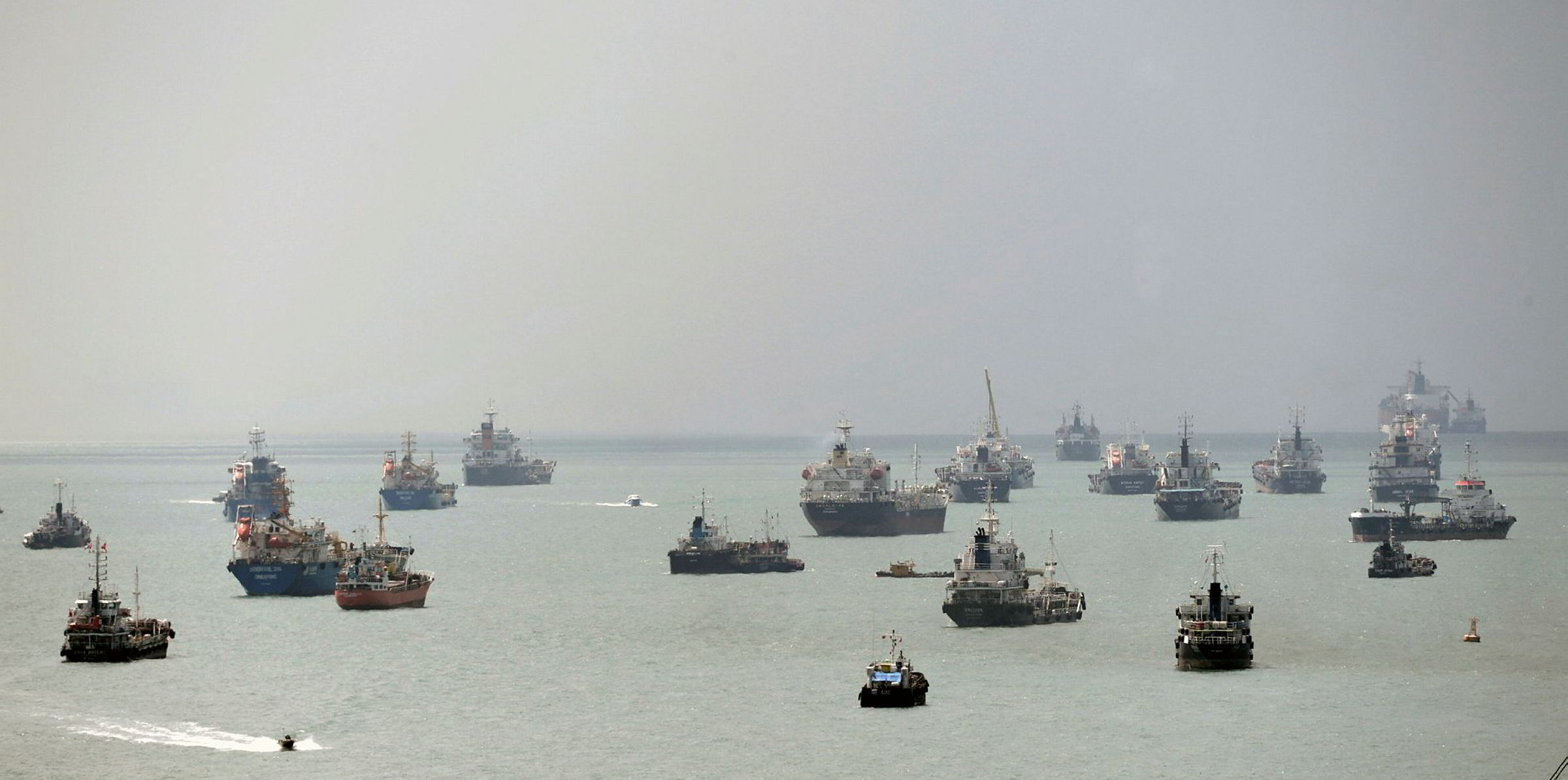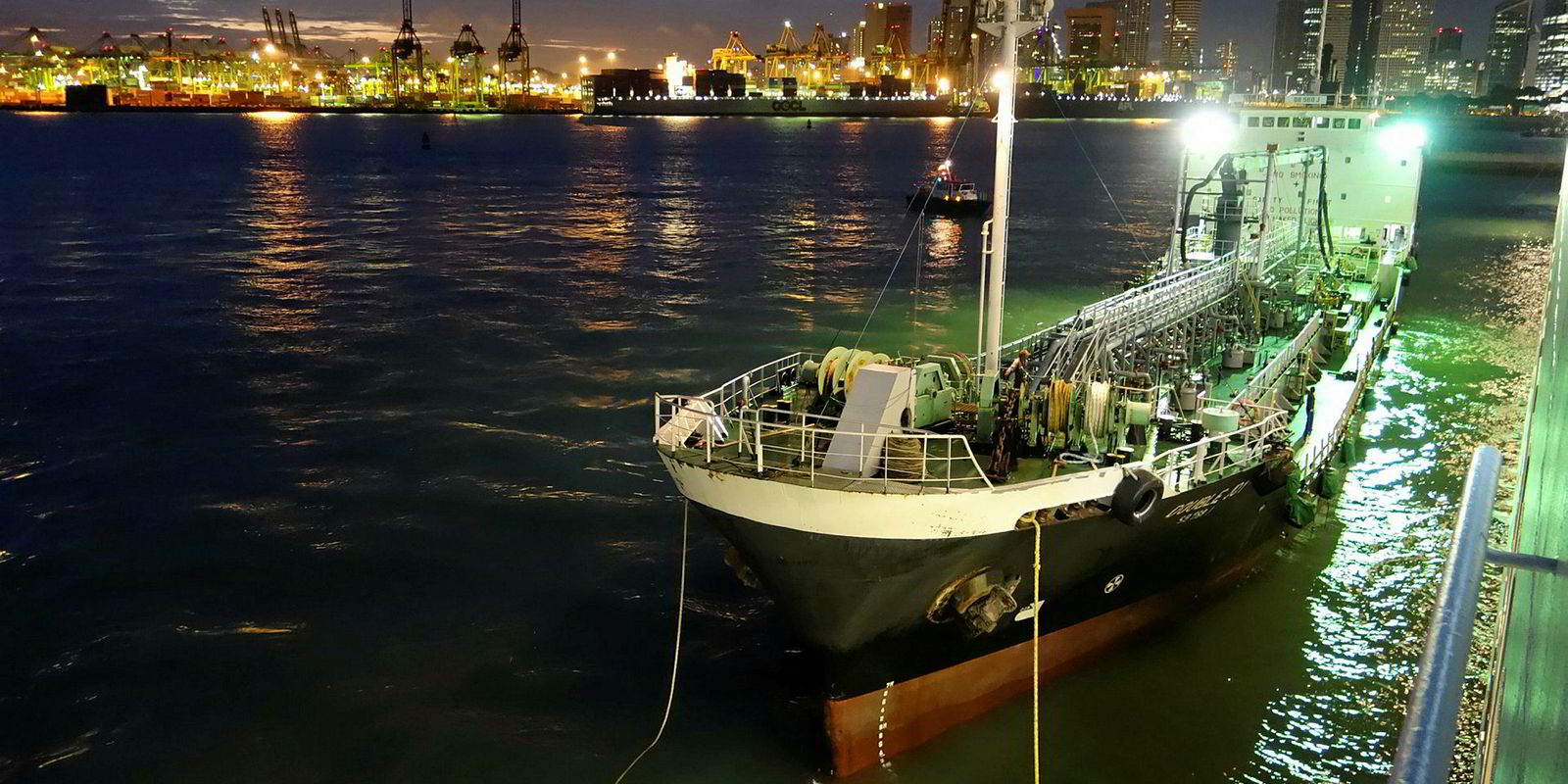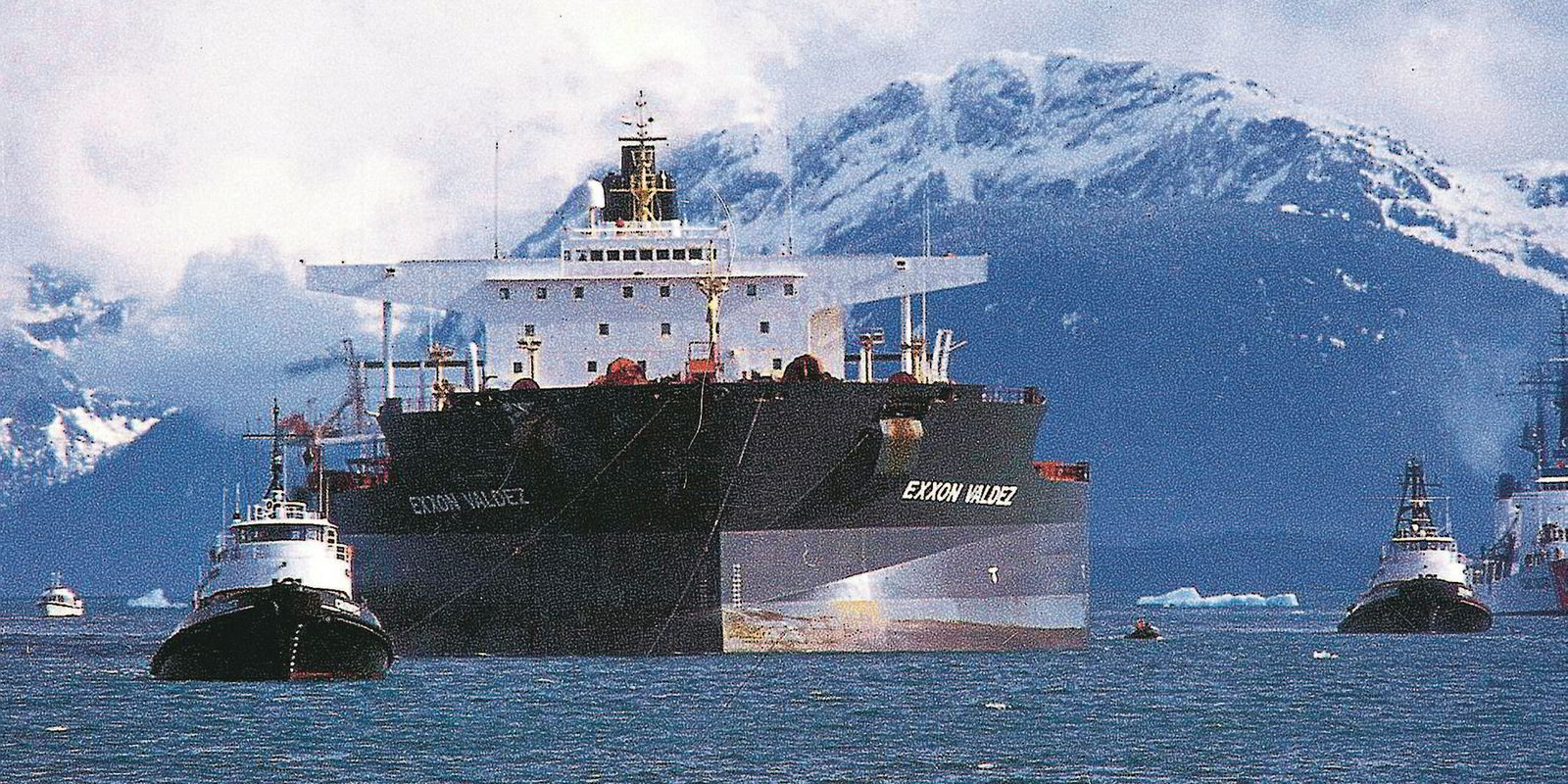Bunker prices, in almost perfect lockstep with the price of crude for decades, have shown a tight gap between wholesale to suppliers and retail to shipowners, but that mechanism may be dismantled for high-sulphur fuel oil (HSFO) in 2020.
When the IMO cuts the amount of sulphur permitted in shipping fuel, HSFO may not be as cheap as some owners expect, according to 30-year marine-fuel veteran Adrian Tolson, who started Stamford consultancy 20|20 Marine Energy in 2015.
“The reality is that IMO 2020 is changing the structure and the whole supply-and-demand balance of these products, and it will make a huge impact,” Tolson told TradeWinds.
IMO 2020 fallout
Despite a shortage of reliable data on the global bunker industry, the effort to predict the fallout from IMO 2020 is not lacking for analysts, including high-powered ones such as Goldman Sachs, Morgan Stanley and Barclays.
In the latest World Oil Outlook, Opec analysts took an in-depth look at IMO 2020. This included changes in shipping’s fuel demand and the pressures on refining capacity, both of which will have knock-on effects outside of the maritime industry for the price of diesel and gasoline and, ultimately, for raising the price of crude.
From January 2020, the two main long-term options for owners are to pay higher fuel prices to run their ships on distillates, with no more than 0.5% sulphur, or pay much lower prices for high-sulphur residual fuels, although this requires heavy investment in exhaust gas cleaning systems.
The reality is that IMO 2020 is changing the structure and the whole supply-and-demand balance of these products and it will make a huge impact
Adrian Tolson
Some pundits argue that early adopters of scrubbers will have a clear advantage over their competitors, given that fuel can make up 15% to 30% of vessel operating expenses.
Limits to installation
But the capacity to install scrubbers may be limited, while the number of relevant vessels is high — about 90,000. Opec estimates that 2,500 ships will have scrubbers by 2020. Goldman Sachs puts it at around 3,500, while SEB analysts say it will be fewer than 2,000.
The Exhaust Gas Cleaning Systems Association says fewer than 1,000 vessels have scrubbers now.
But all the estimates are too small to make a difference, according to Tolson, given that 80% to 85% of the 90,000 relevant ships are burning HSFO now.
With a tiny handful of owners with scrubbers on ships by 2020, the wholesale price of HSFO will “without doubt” crash to “distressed levels” and perhaps to the point that producers are “nearly giving it away”, he added.
The flip side is that such a tiny client base with scrubbers is likely to add a significant premium on the HSFO retail price from bunker suppliers.
Premium price
“You could see wholesale prices getting very cheap at the door of certain refineries and then retail prices getting relatively high because suppliers will have to run separate delivery systems, separate tanks, and maintain inventory, so there will have to be a premium for the small quantity of high-sulphur fuel that is needed,” Tolson said.
“Those few owners with scrubbers are going to have to pay up. So, while we say the price of high-sulphur fuel could drop to $100 or $150 a metric ton against today’s $450 price, by the time you actually get it to market, it could be pushing close to $300 a tonne just because of the extra cost of having that product available.”
Bunker prices have shot up about 160% since 2016, but so far the trend is tracking the oil price. On 29 June, the latest figures available, MFO 380 was $466.50 in Singapore, the world’s largest bunkering port.







